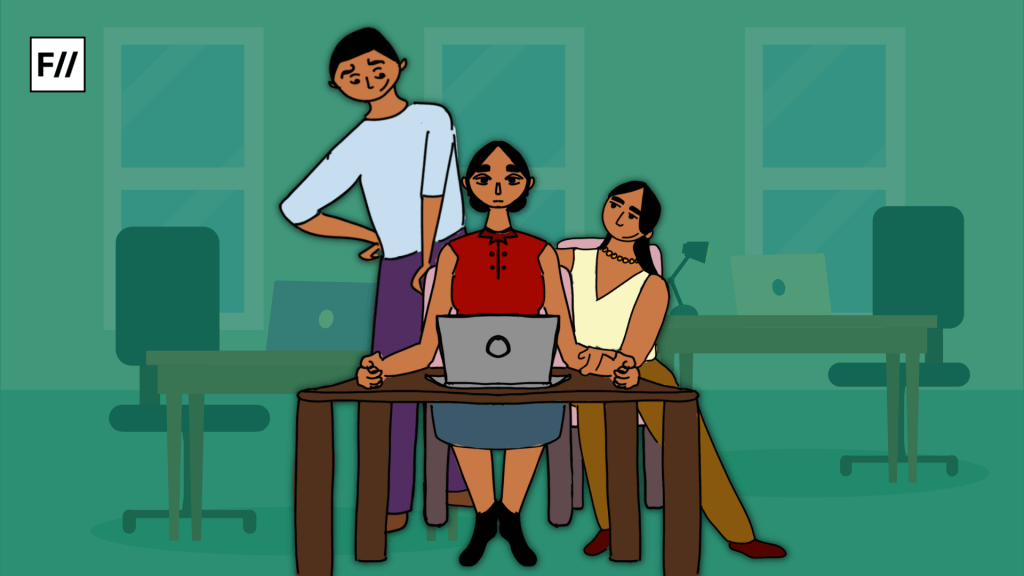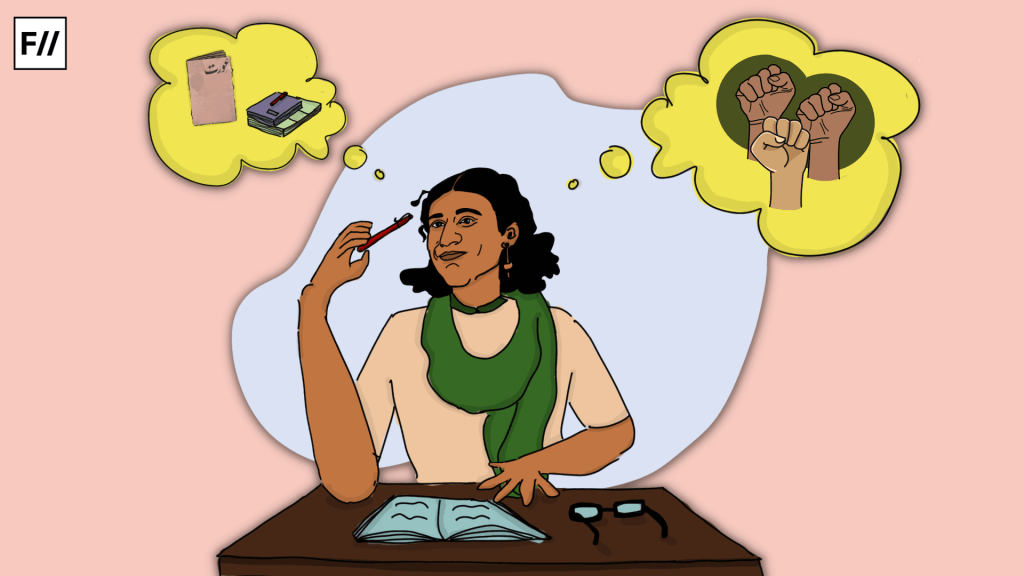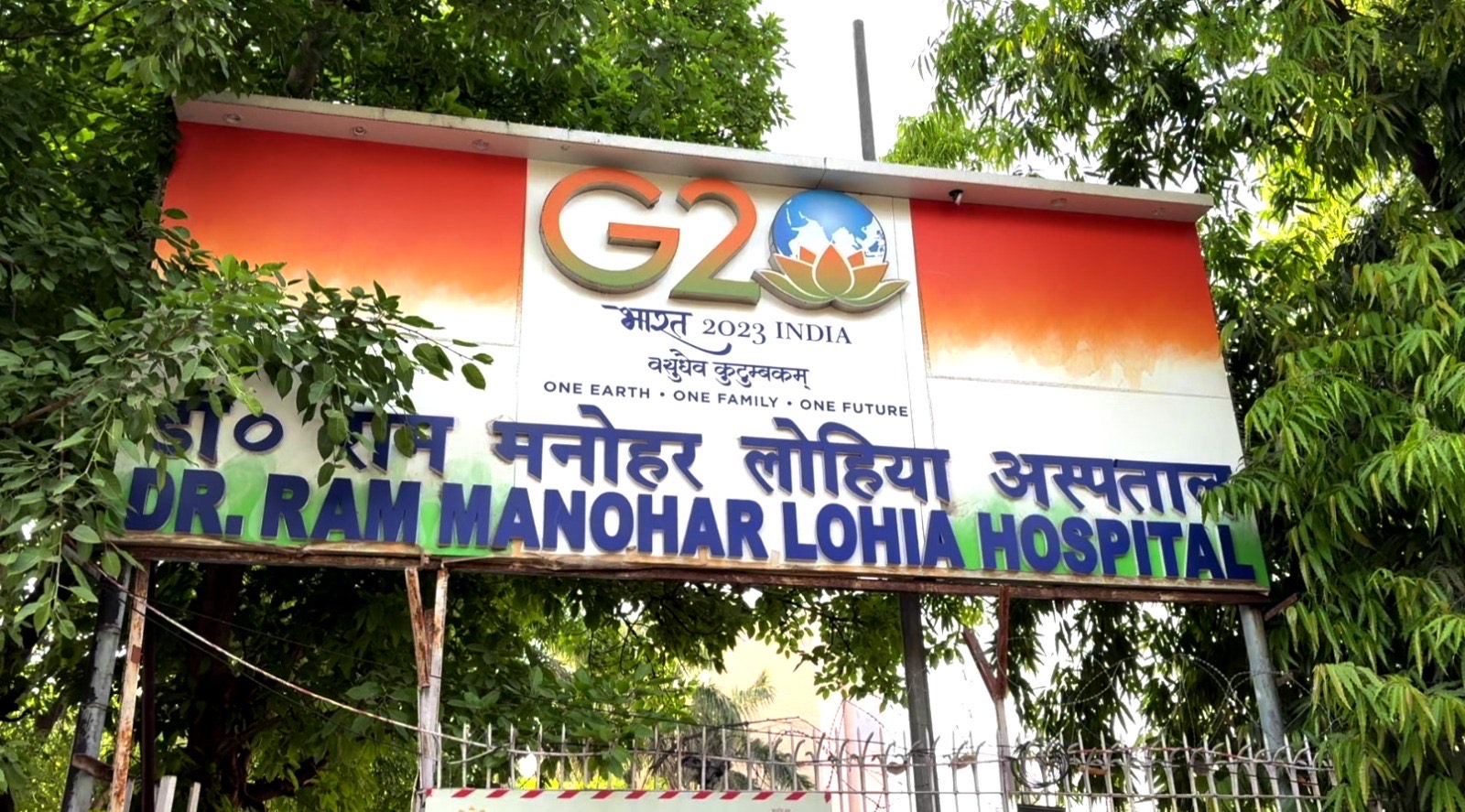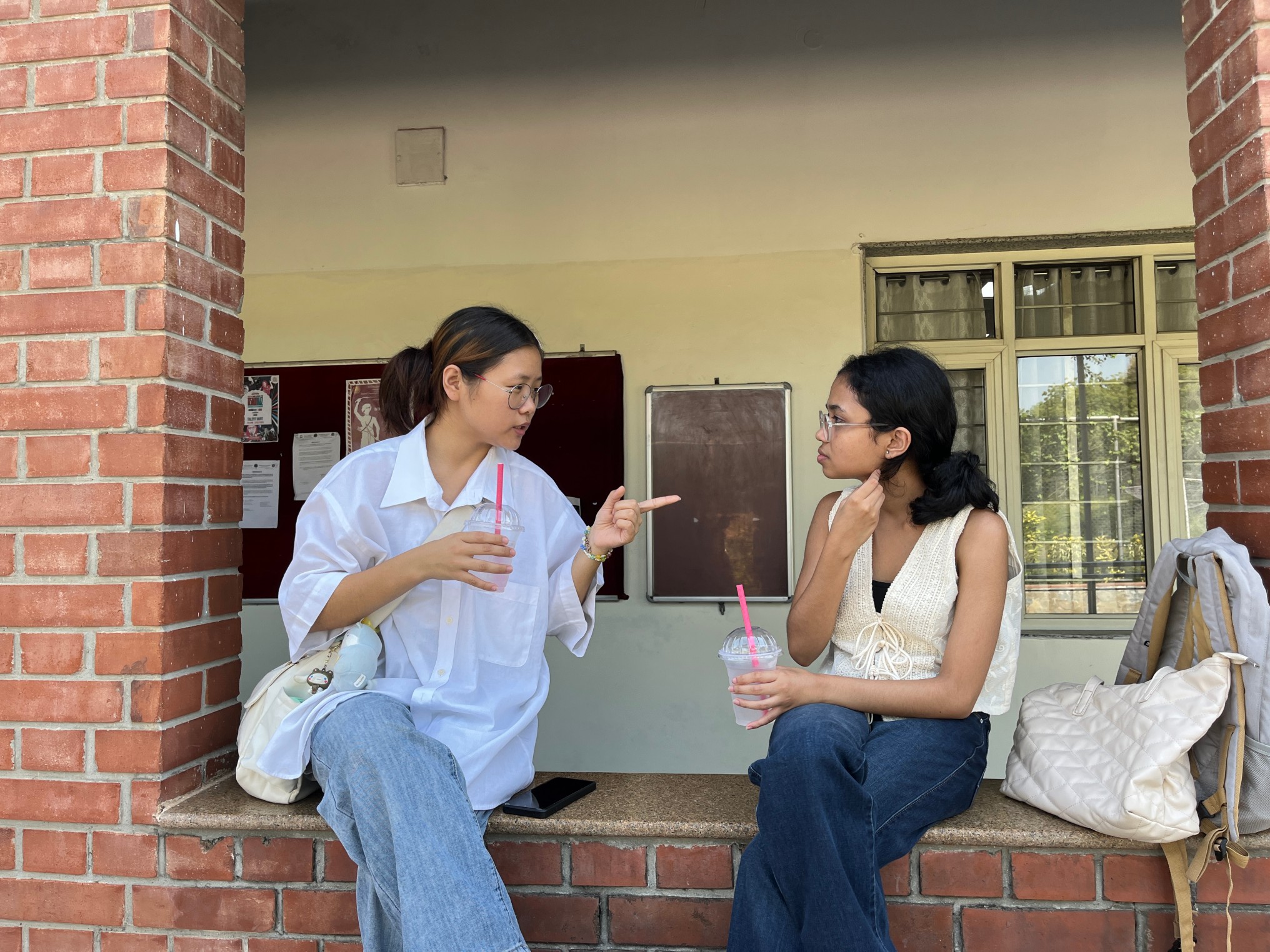Nikita Jain, an independent journalist, working in the industry for the past seven years has been subjected to unsolicited and patronising opinions regarding her reports and overall work. She has been called emotional and too ‘sensitive,’ far too many times by her male editors, colleagues and peers. Nikita says, ‘I have been called emotional by journalists and other peers a lot of times. Being a journalist who cares about humans and lives, I have felt not only emotional but also cried on the ground. I was made to feel shameful for empathising with the people who so many other journalists just see as subjects.’
Nikita further says, ‘It took me seven years to realise that I am not being weird and that it is just others who are desperate to break stories and that they do not consider their subjects as humans.’
She also mentioned, ‘A male editor told me women journos are very emotional and I just looked at him baffled.‘
Female journalists are frequently condemned for their emotional expression and heightened sensitivity while reporting certain issues. Many times, those in positions of power disregard their efforts. This pervasive and persistent prejudice arises from ongoing gender discrimination. Furthermore, the patriarchal expectations of women who deviate from traditional gender roles are frequently exhibited towards women journalists. The significance of power dynamics, given that male editors hold the majority of positions in journalism and the media sector, cannot be disregarded. According to a report by Newslaundry in collaboration with UN Women, “Eighty-seven per cent of editors and proprietors at India’s top English and Hindi newspapers are men.”
The pervasiveness of patriarchy and discrimination
An increasing number of women journalists are making their mark in the field, which is something that doesn’t sit well with the traditional ideas about women. Women are supposed to follow conventional gender roles and also work under the patriarchal roadmap set for them. Women who work in this risky and demanding field of journalism are often seen as outsiders and are othered as the men at the helm still think that this field is up for grabs for them.

Irene Khan in her work Main Challenges for Women Journalists at Grassroots Level, writes, “The undermining of competence by male colleagues is a continued challenge that women journalists have to deal with.” This is part of the larger issue of gender discrimination in the workplace that usually women journalists face. Often male colleagues and editors see women journalists as incompetent and not on par with them. All of this prejudice stems from the patriarchal notions about women and how they should live according to men in society.
Nikita has often faced such gender discrimination at the workplace, be it condescending her work or not giving her due credit. She says, ‘There was a male chief reporter when I was fairly new and he did not give me a lot of reports saying it won’t be safe for me to go because I am a woman. I had to fight for it. He didn’t take my work seriously. He also took away my assignments when he saw I was bringing out good reports. And I see this with a lot of my male colleagues as well. They see me either as someone who isn’t on par with them or simply just objectify me. Of course that is not for everyone but there are so many of them.’
Not giving women topics that are considered so-called hard news such as foreign affairs, politics, economics and others is another huge issue that the women in the journalism industry are grappling with. Many women journalists reported that they were not given hard news to cover. Instead, they are told to work around women’s issues or gender.
Anjana*, who works in a large Hindi media organisation, was not given the same opportunities as her male colleagues with the same experience. She says, ‘I received comments that I should go to Mahila Thana and get stories from there. One day when I raised my voice to go outside the city to report, their reply was ‘Oh you are are girl, you should focus on covering the city.’ That was not the case with male reporters because the male reporters who joined with me, with my experience, were sent to the ground. Sometimes I feel I’m being used.’
Women in the journalism sector are facing challenges such as the lack of significant leadership roles, the marginalisation of their work, the widespread presence of patriarchal beliefs about women, and the prohibition of doing hard news. And on top of that safety and security remains a bigger concern.
She also highlighted another major challenge in the journalism industry: very few females at the top-level positions. ‘Mostly in the industry, every senior position is occupied by a particularly Brahmin male and they are not willing to change their mentality,’ says Anjana.
Irene Khan further writes in her report, “Not only does the imbalance of men and women in leadership positions lead to women journalists being excluded from promotions, but this also affects the diversity within news content. Young women journalists often do not have a role model to look up to and to assist them in advancing their careers.”
Women in the journalism sector are facing challenges such as the lack of significant leadership roles, the marginalisation of their work, the widespread presence of patriarchal beliefs about women, and the prohibition of doing hard news. And on top of that safety and security remains a bigger concern. According to Irene Khan’s report, “Harassment is a global challenge that affects journalists of all genders. We have seen a strong increase in journalists requesting emergency help through our Rapid Response fund. Requests of female journalists increased by 170 per cent in comparison to 2019. However, women journalists carry an extra burden of gender-based abuse in addition to potential threats when covering sensitive topics. According to recent studies, 73 per cent of women journalists say they have experienced online violence in the course of their work.”
In addition, the scarcity of women in senior roles in newsrooms contributes to their lack of inclusivity. Furthermore, women journalists are often denied access to challenging news and preference is given to male journalists. Consequently, women journalists also receive lower wages. Nikita and other women journalists reported that male colleagues are getting paid more and even junior male colleagues receive more wages than them.
According to the International Federation of Journalists, “The global gender pay gap is estimated at 23 per cent. It means that women earn on average 77 per cent of what men earn. Journalism is no exception to that injustice. The gender pay gap is not linked to women being less qualified but rather to their access to highly paid positions being limited.”
Need for gender justice and intersectional approach
Gender justice is a critical need for the journalism industry currently. This includes, but is not limited to, gender pay parity, giving equal opportunities to women journalists to cover hard news so that they can be promoted to higher positions, and also making certain that there are women at the helm of the industry. In addition there needs to be women from various backgrounds of caste, class, and ethnicity in newsrooms for them to be inclusive and sensitive towards news and issues.

According to a report by Newslaundry and Oxfam, “Of 218 surveyed leadership across print, TV and digital media outlets, 191 were occupied by people from general category. None of the mainstream media houses had people belonging to SC/ST categories in leadership roles. Two from SC/ST categories held leadership positions in two alternative media platforms.”
Minal*, who works in an international news organisation, was called too engrossed and emotional by her colleagues and editors at her newsroom, because she was posting about the genocide in Palestine. She was taken aback and started questioning herself as to whether she was being ‘too emotional as a woman.’
The lack of an intersectional approach towards issues is what makes women of different ethnicities, castes and backgrounds, in the industry less bearable and insensitive.
Moreover, there need to be workshops to sensitise men to be more inclusive and shun the patriarchal mindset when it comes to women journalists. There is a greater need for men to be sensitised to understand that women are competent enough and this could be achieved by giving women journalists more demanding reports.
Irene Khan, further mentions, “A major impediment to achieving gender justice is the lack of policies and regulatory frameworks required for achieving gender equality….Both the lack of internal policies within newsrooms as well as the lack in national regulatory and legal frameworks aimed at addressing gender-based discrimination for women journalists. There is still a lack of internal gender policies within newsrooms that support women advancing to leadership positions.”
The report further says, “There is a major lack of awareness in regard to gender discrimination. This is an underlying issue that perpetuates gender inequality, something our partners underline and experience at first-hand. Both within the newsroom and within the greater public, gender equality is often not an issue that is discussed or incorporated in (internal) policies. That is why awareness is a first step in pursuing an equal and safe environment for women journalists.”
On the other hand, till the time we reach greater gender justice and inclusivity in newsrooms, Nikita, says, ‘I try to confront the editors now. I am very open on social media and have written about how it is ignorant of journalists to be emotional while doing a story. when they are on the ground. We can’t be apathetic towards the societal structures that have brought us to this stage.’
*names have been changed to protect the identity.
About the author(s)
Shahinda is a multimedia journalist with an experience of more than five years. She has an interest in covering politics, gender, conflict, and gender-based violence/crime. In addition, she has experience in reporting, photography and documentary filmmaking. She has done her Masters in Mass Communication from AJK MCRC Jamia Millia Islamia, New Delhi.





